Brazil and Argentina
- On April 28, 2019
This was a long trip, 5 weeks in all, that had us bouncing from southeast Brazil to Buenos Aires, then to the Argentine Andes, back to Buenos Aires for tango lessons and ending up in the Argentine pampas.
So first about Brazil …
Southeast Brazil holds a fast-receding rain forest habitat known as the Atlantic Forest which is packed with unique species on the brink of extinction. In early October, we toured with our friend and professional guide Marcello Barreiros to the unspoiled montane forest park of Intervales near Sao Paulo and then into the coastal habitats of Rio De Janeiro province.

We were the only guests in Pousada Pica-Pau (transation: Woodpecker House) in Intervales National Park.
Some of the other birdlife in Intervales.
We really loved Intervales and would enjoy returning there. It was great to have a national park so much to ourselves (except for the high school classes doing biology studies and eating in the dining room at lunch with us).
Then we moved on … Once again, we had rain at the beach town of Ubatuba.
It also rained most of the time at the tourist destination of Paraty.
And the next day … after it stopped raining … Paraty was an enjoyable place.
We also explored cachaça-tasting – we had no idea there are now so many unique craft versions of this traditional Brazilian rum.

The brand available in the US — 51 — is considered barely drinkable compared to all the Brazilian craft versions.
And then about Argentina …
We joined a Field Guides tour led by Willy Perez (our guide from the Galapagos) and Cordoba-based guide Emiliano ‘Indio’ Garcia Loyola to the northwest Andes of Argentina and the dry forest country known as the Chaco, much besieged by massive conversion to agriculture to supply Chinese markets. What’s left is wonderful, though declining rapidly — better see it soon! Here is a short version of some of the highlights.

One of the newest redevelopment areas in Buenos Aires, Puerto Madero, seen from the Costanera del Sur Nature Reserve in a central part of the city and along the famous River Plate. This is its name in English. But its Spanish name, Rio Plata, is because plata means silver in Spanish and this is the river where the shipments from the Bolivian silver mines were sent to the coast to be sent back to Spain. So Plate is really an incorrect translation.
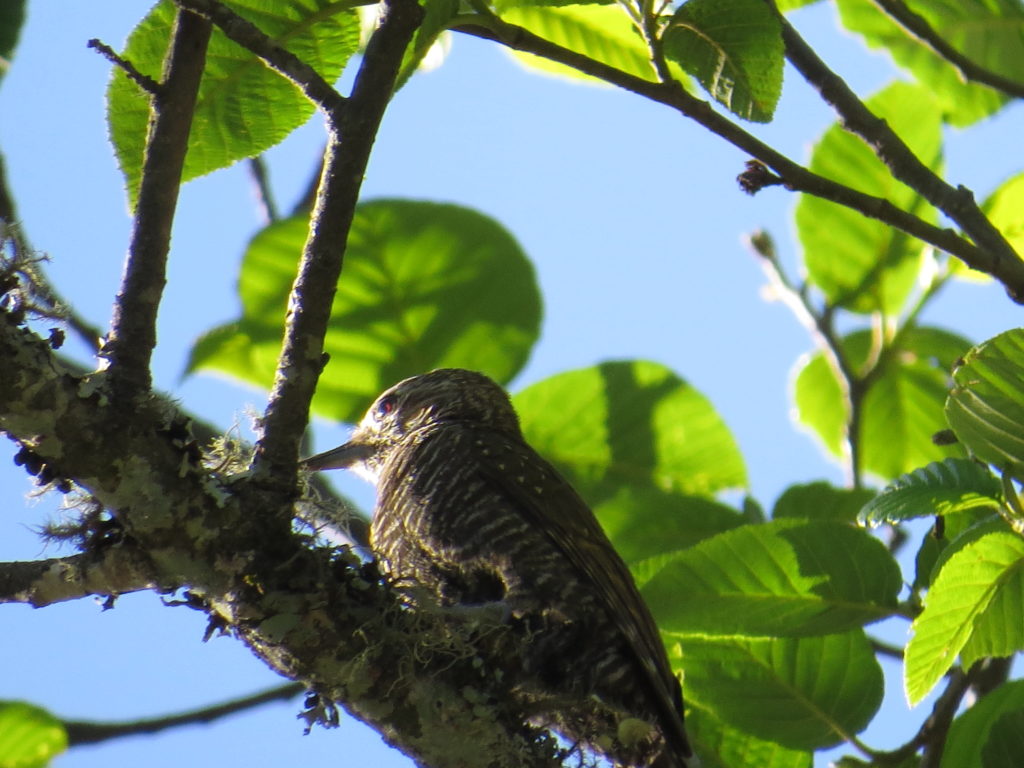
From Buenos Aires, we were supposed to fly to Jujuy but instead went to Salta (see photo). A few rare birds in the forests near these two cities.
The next day, we traveled and birded in some pretty high, dry altiplano desert. That was fine until our van had a leak in its water line! Luckily a local bus came by and we made it to Tilcara. Since it was the day after a national holiday, all the restaurants had run out of food and were closed. So we spent about 4 hours at the YPF gas station getting to know one another and eating all the potato chips, cookies and microwaveable sandwiches they had! The pictures below tell the story.
When we reached La Quiaca, we were at 11,500 feet elevation and about 2 kilometers from Bolivia. We stayed there two nights, because of spectacular scenery in the high Andes and unique birds that live nowhere else. The photos below show some of the highlights.
From there, we traveled to much lower areas, where the extensive Chaco woodlands are being cut and replaced by grazing and commodity crops, currently soybeans to feed pigs in China. We ran into a fair amount of rain as well, which kept us out of some areas we’d hoped to see.
Other stops on the tour include San Lorenzo, Coronel Moldes, Cafayate, Tafi del Valle, San Jose de las Salinas, and Capilla del Monte. All these places had distinct and interested ecosystems, birds and communities. A few highlights are below.

The Black-Legged Seriema is usually elusive and highly endangered. We were lucky to see them two days in a row.
The guides were excellent, and we enjoyed getting to know some interesting new friends.
Then to the sophisticated European-style city of Buenos Aires, a region holding 13 million people. We managed to get in and out before the G20 summit later in the month. We had a great location in the central neighborhood of Retiro.
From there, it was an easy walk to many attractions. Among the most enjoyable were the restaurant district of La Recova, the market in San Telmo and the ‘bares notables’ at the Hotel Alvear Palace and La Biela.

This bartender put on a show at Floreia Atlantico, a neighborhood bar rated as one of the best 50 in the world!

The bar at the Hotel Alvear Palace is one of the ‘bares notables’, recognized by the City for its contribution to Buenos Aires history and culture.
We had a wonderful day of touring the city with an excellent guide, Lu Acosta, and her driver George.
And yes, we did the tango!
We took a private lesson with Lucia y Gerry, then returned for a group session before venturing to a milongo. These are neighborhood dance venues for locals. The one we experienced has been organized by the same woman in the same upstairs ballroom for 23 years! We enjoyed being part of the scene as well as trying out our new skills. More practice needed … but we hope to do this in Dallas even before we make it back to Buenos Aires again.
Our travels ended in early November, in the once vast grass and marsh lands of the pampas south of Buenos Aires, where we were assisted by local guide Diego Monteleone (a wild and crazy guy). Another set of habitats fragmented by centuries of cattle raising, the country closely resembles the coastal plains of southeast Texas. You would swear you were in Texas until a tinamou struts across a field or a painted snipe explodes out of the marsh at your feet.
As you can see, this trip was really a package of several diverse trips rolled into one. It’s a good example of why travel in South America is so enjoyable – and why we keep going back!


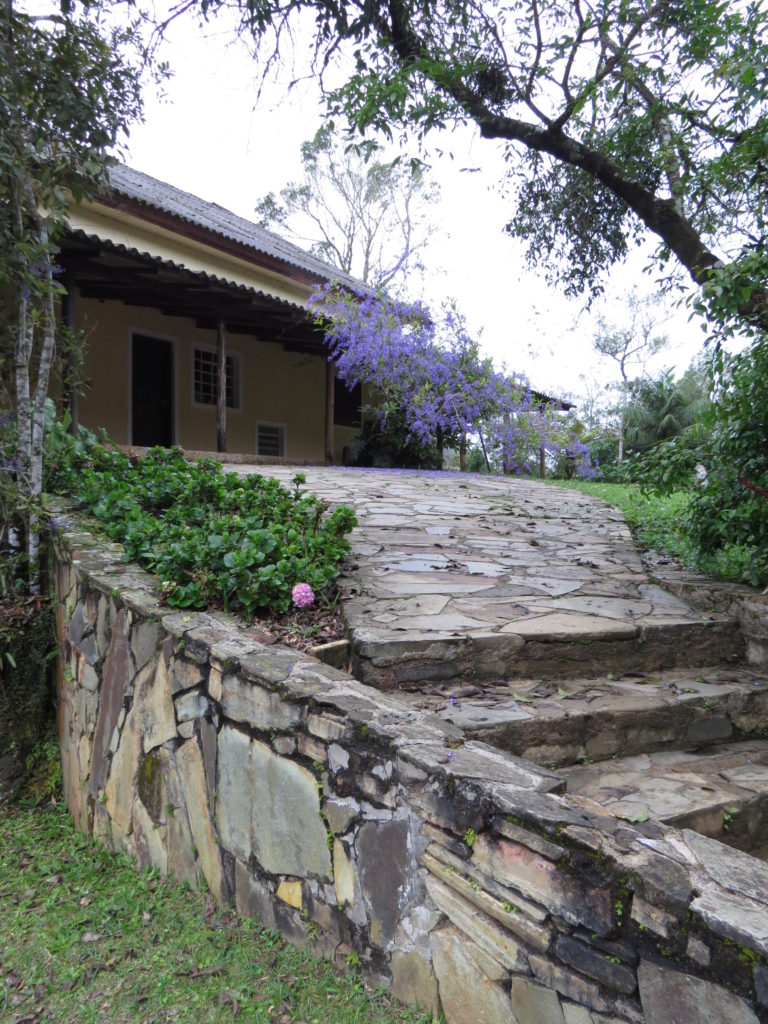

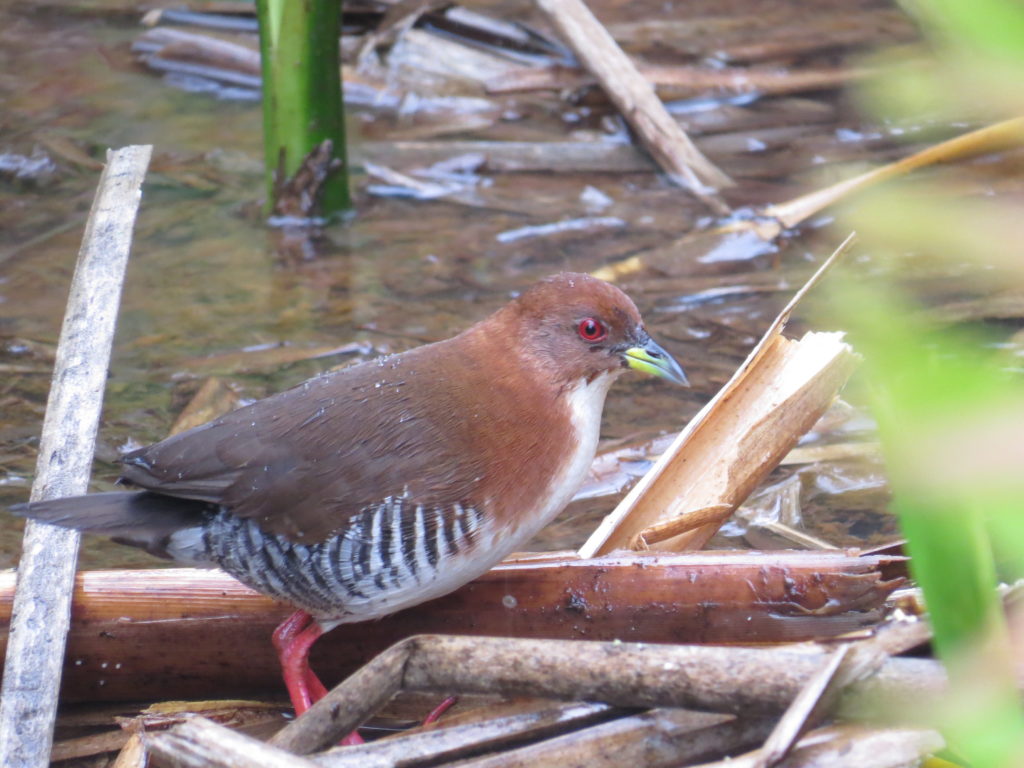


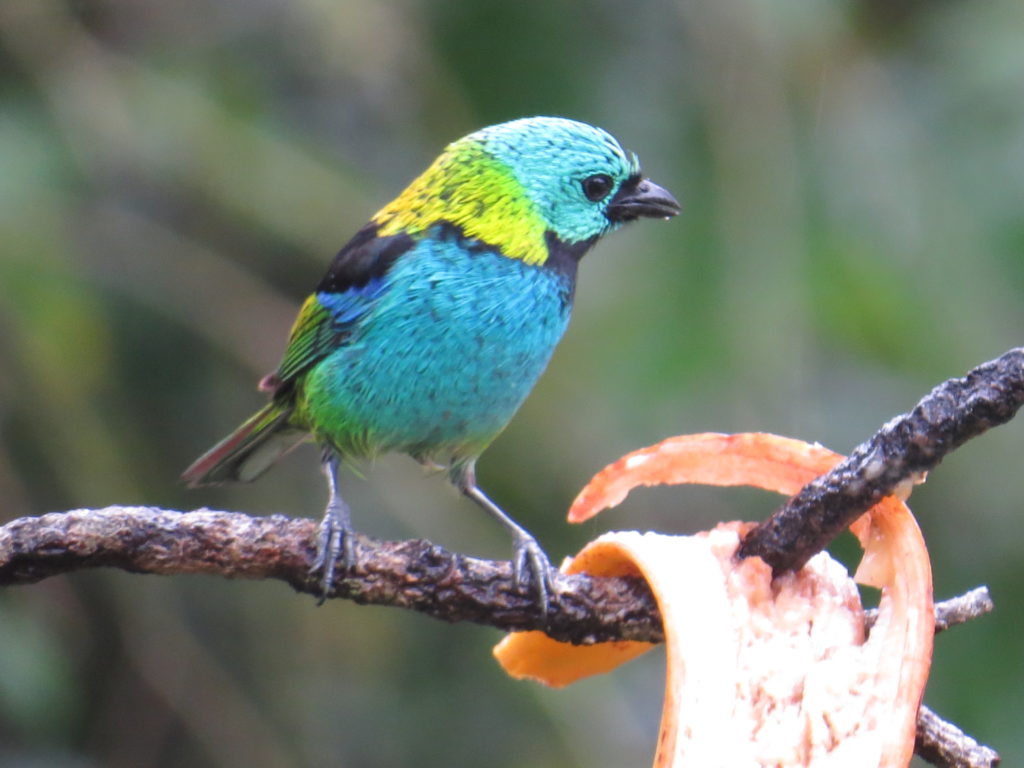

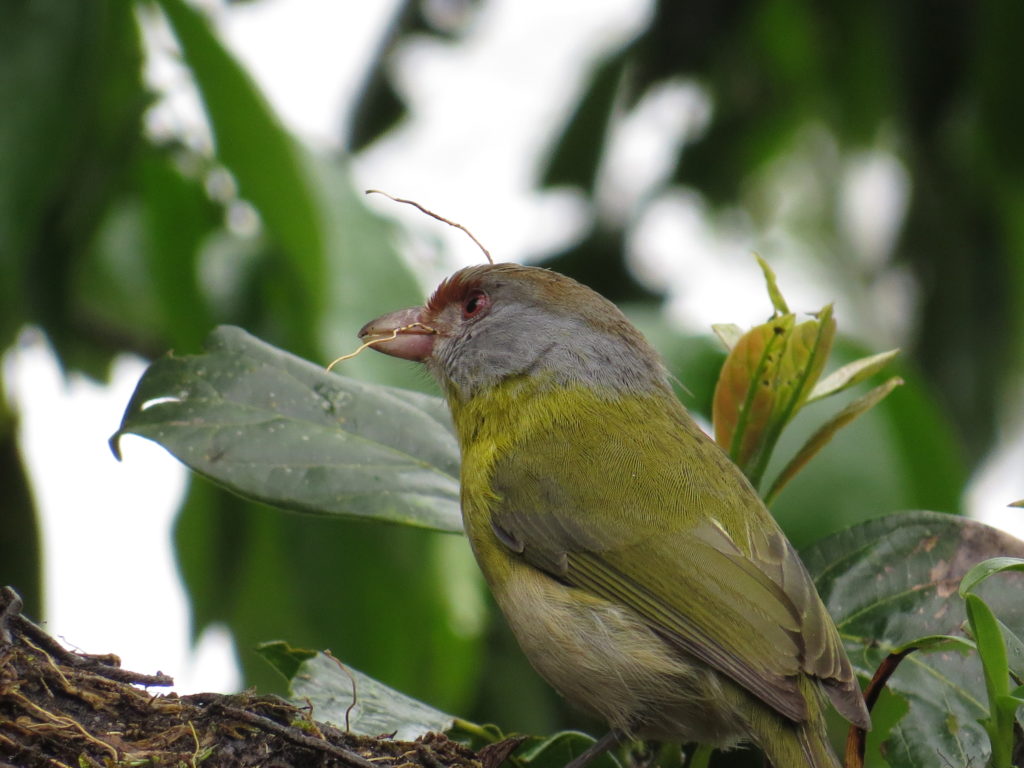
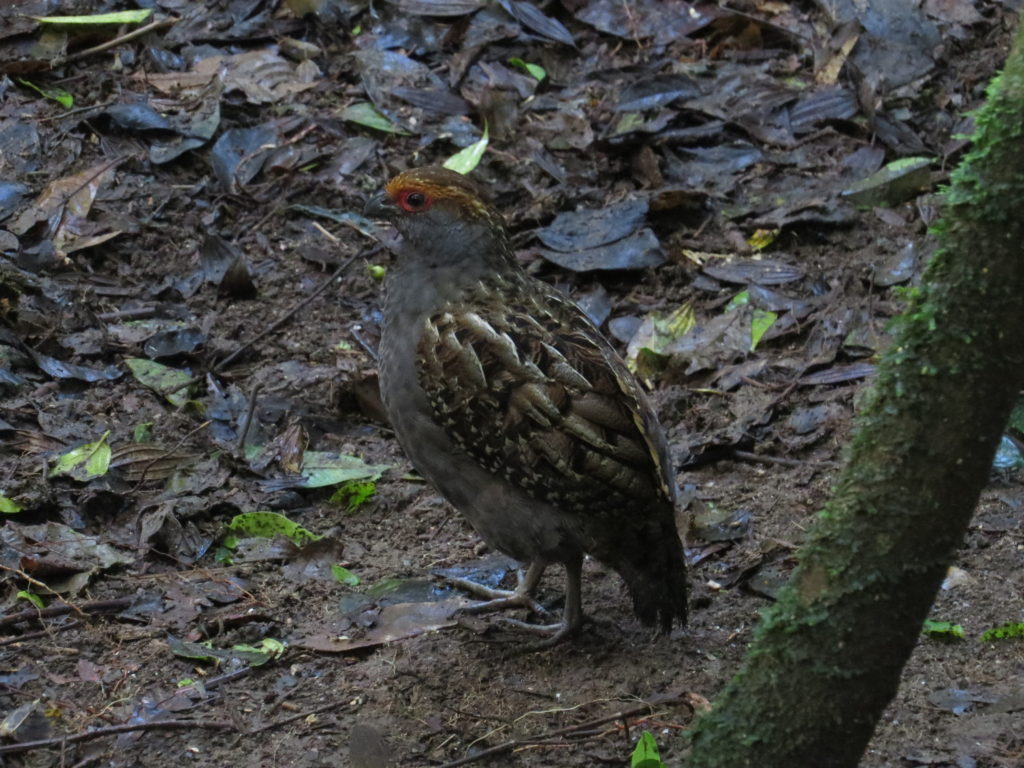


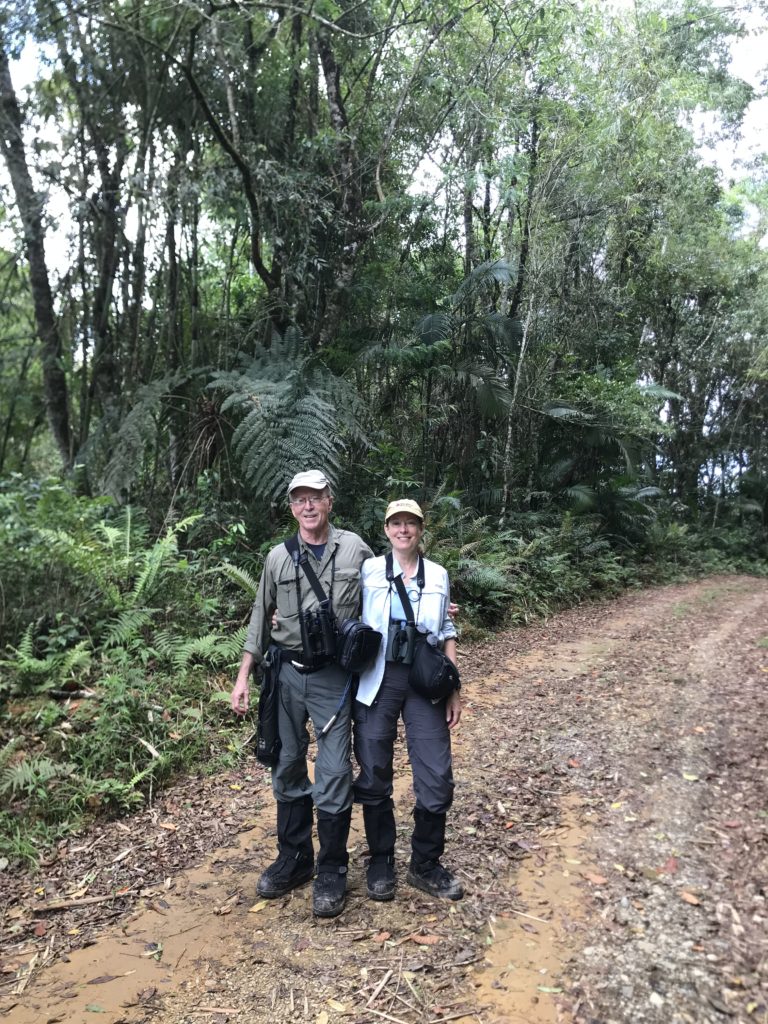
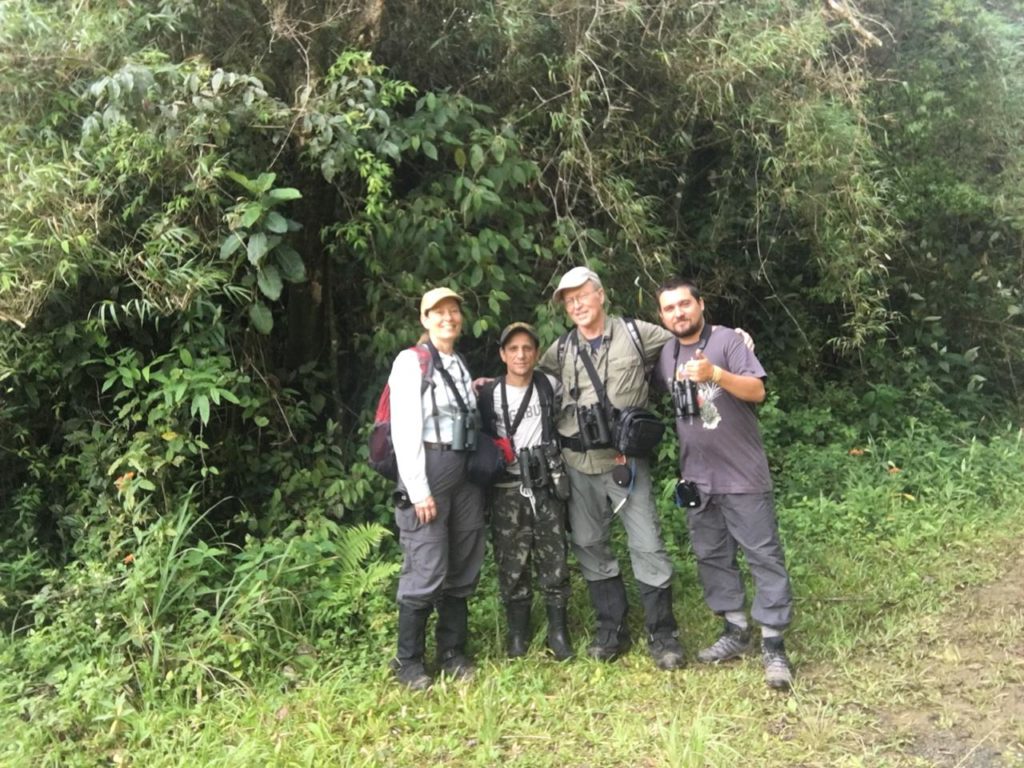
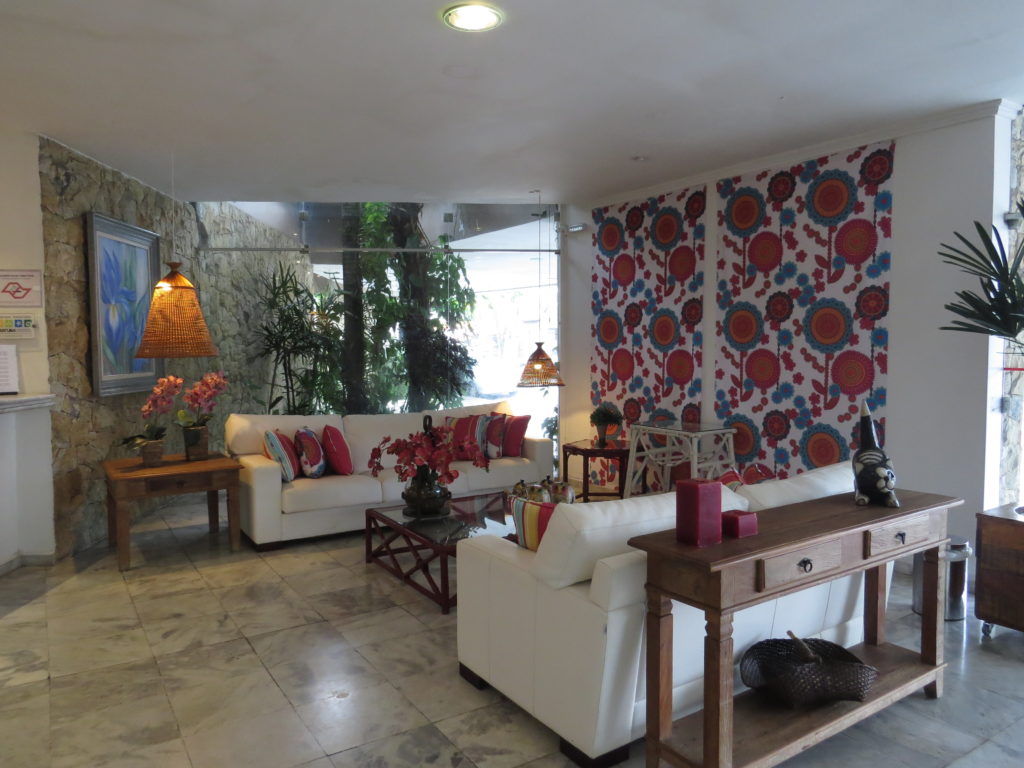
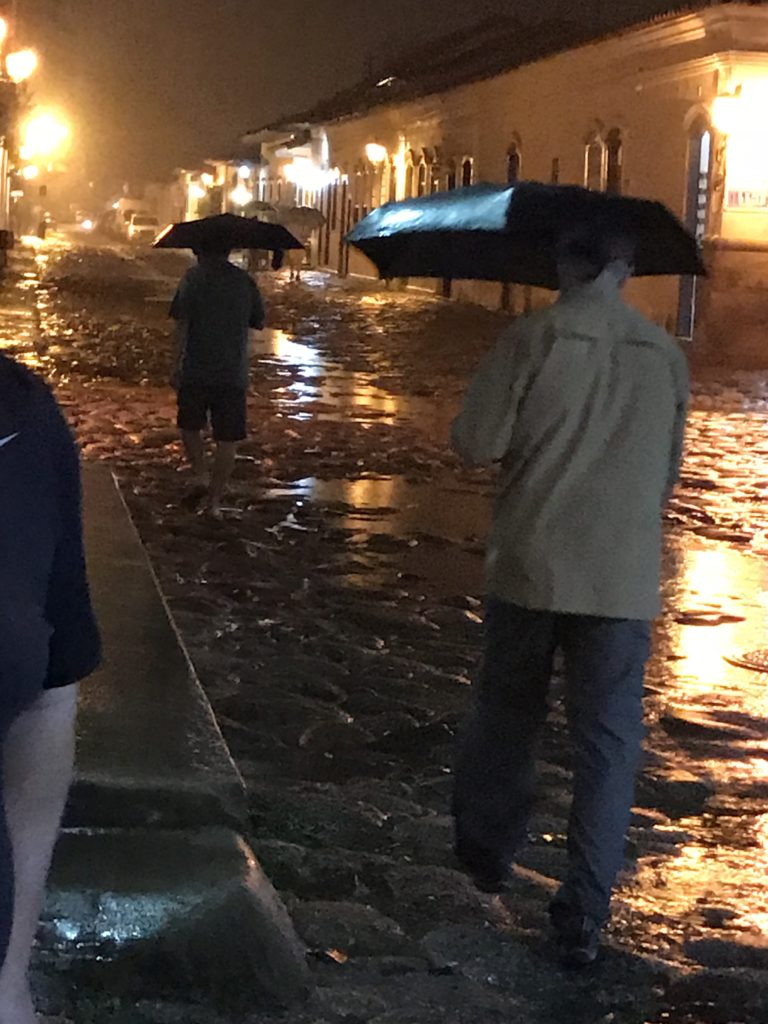
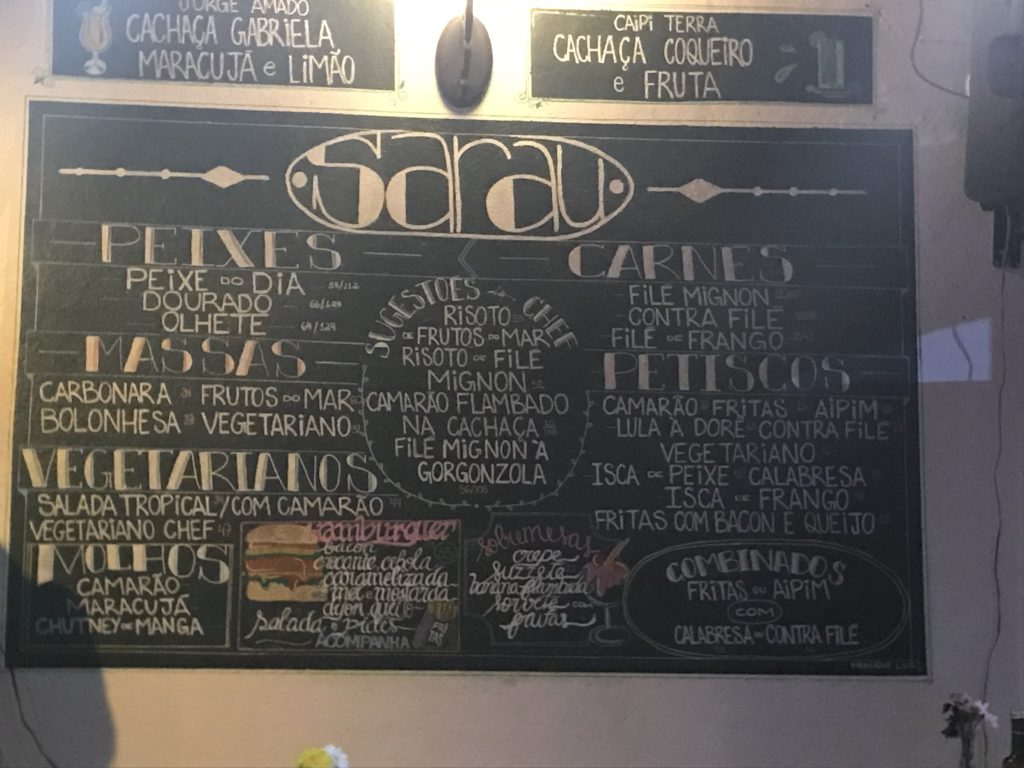


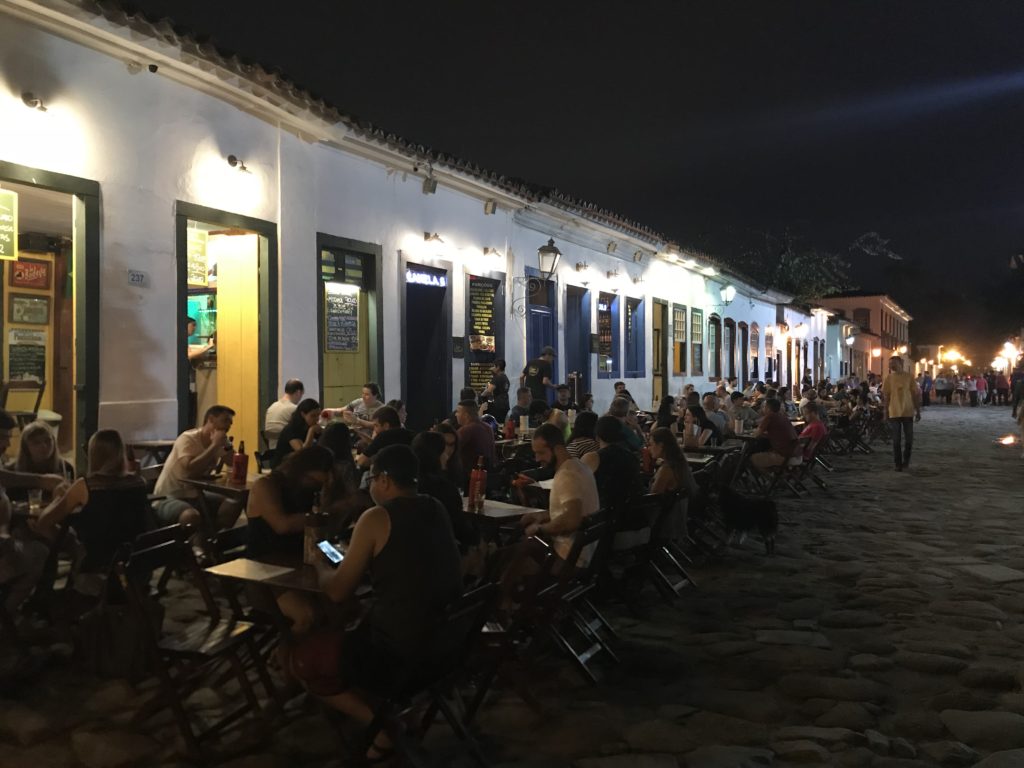
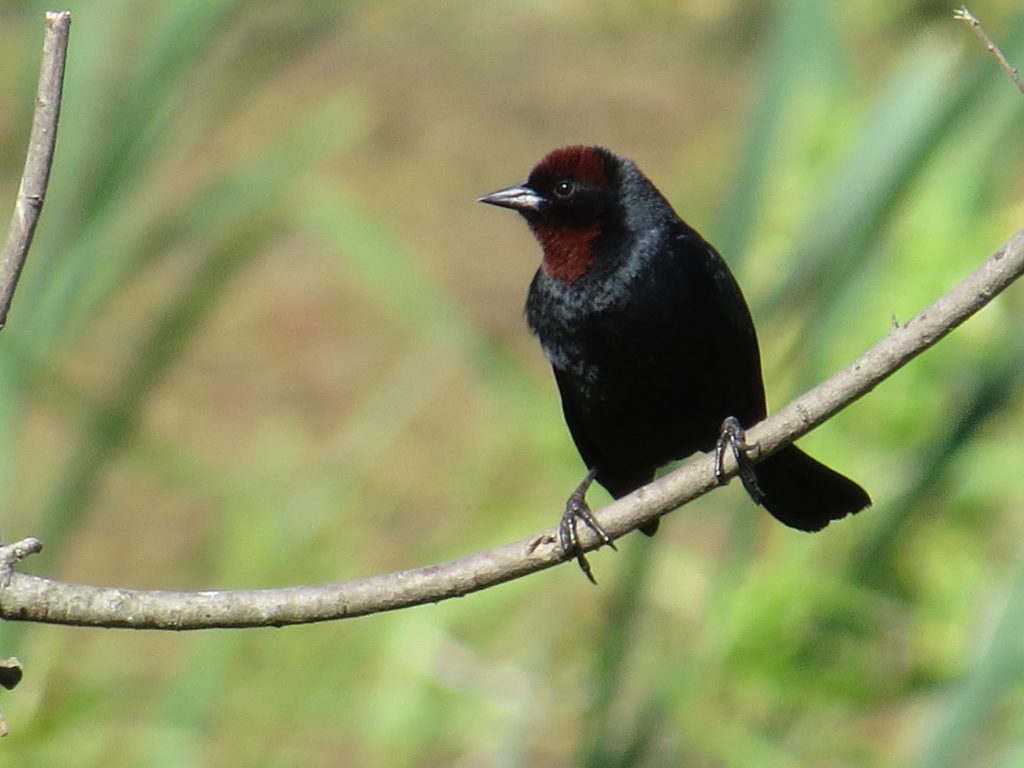


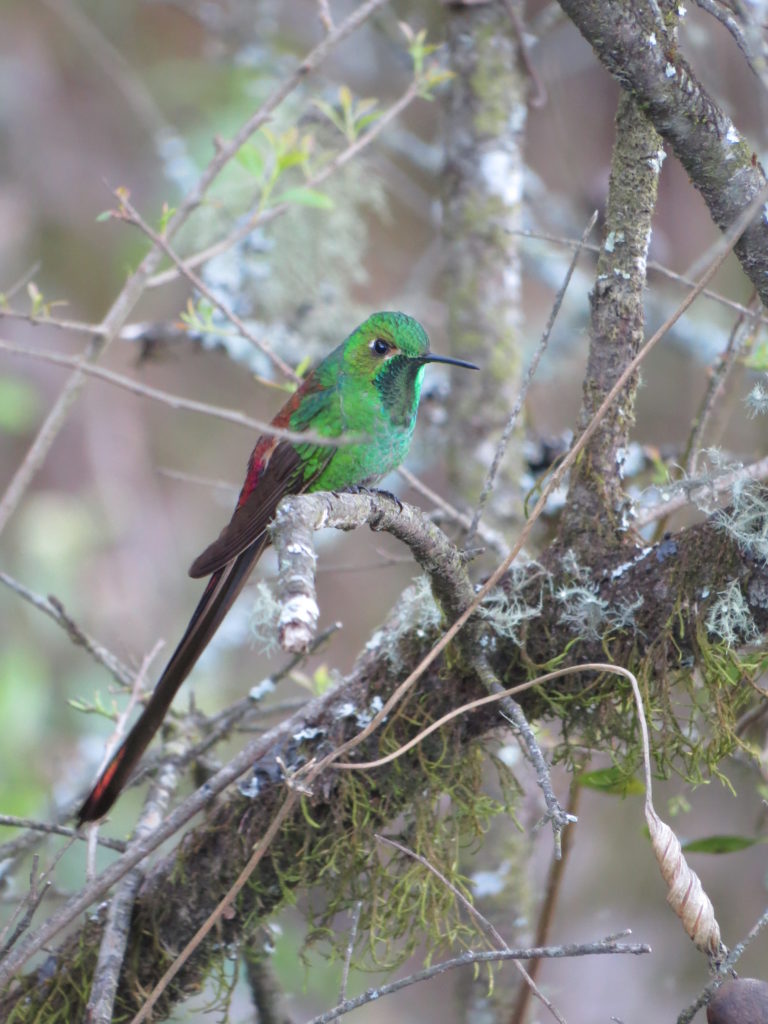
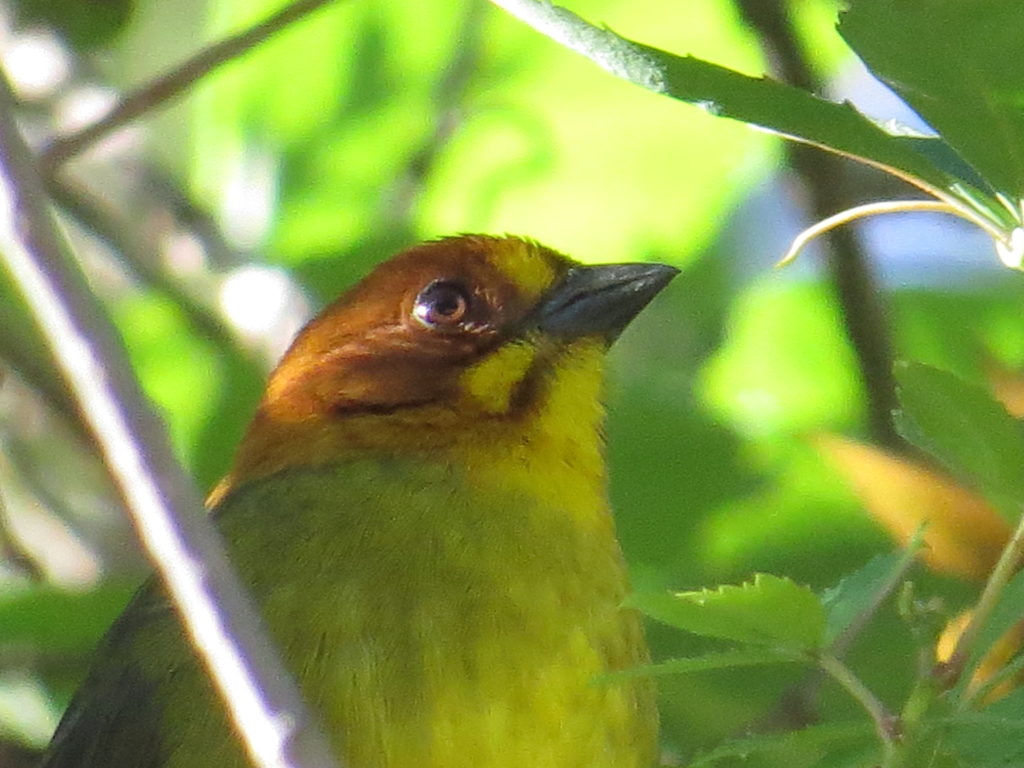
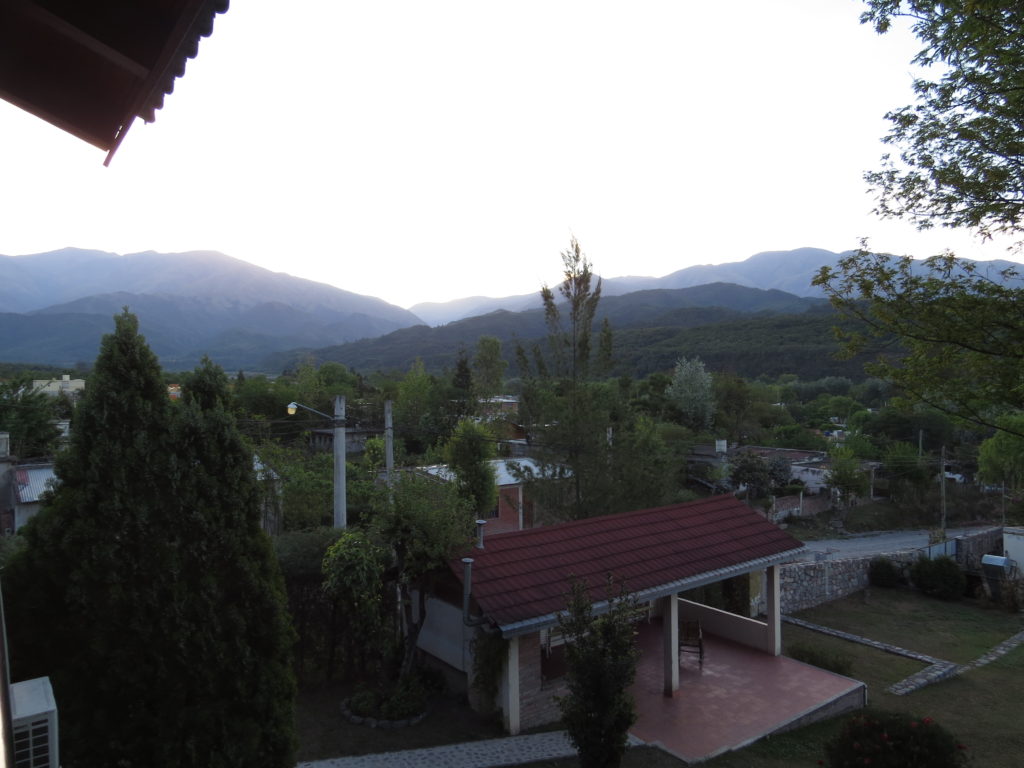



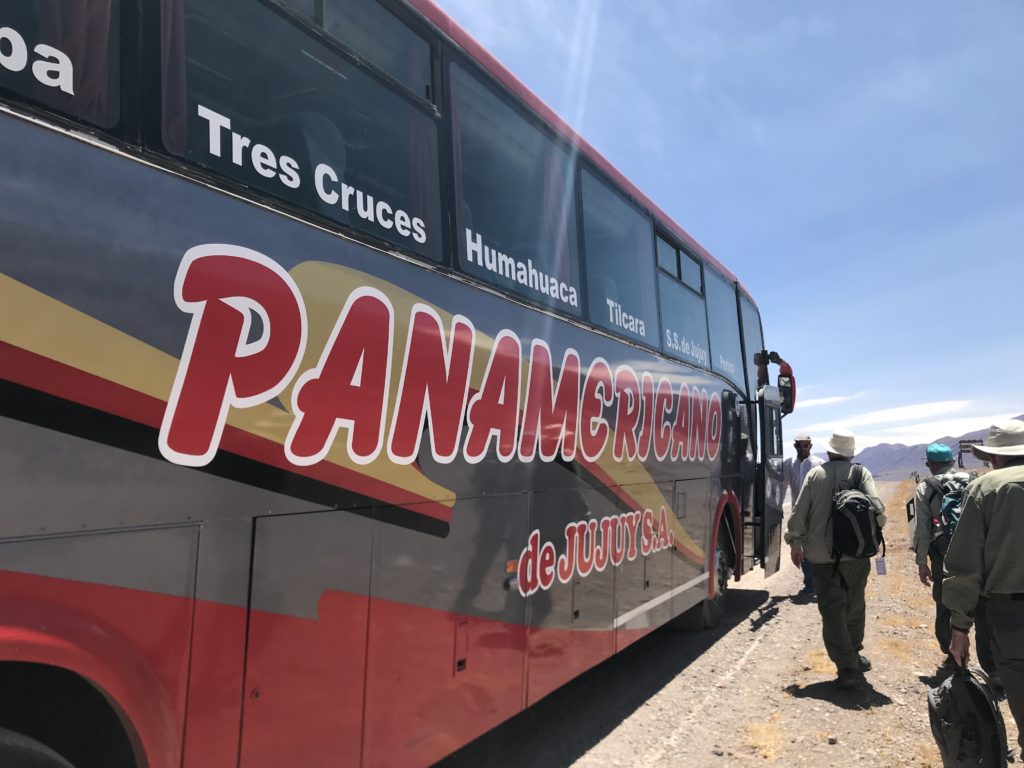




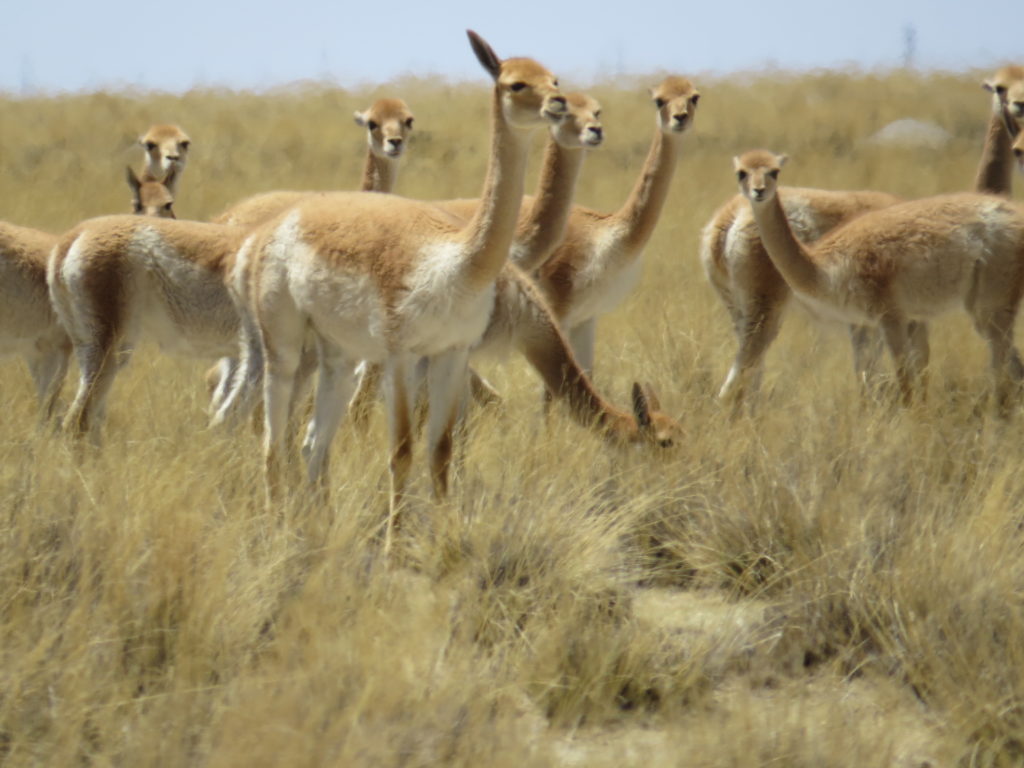


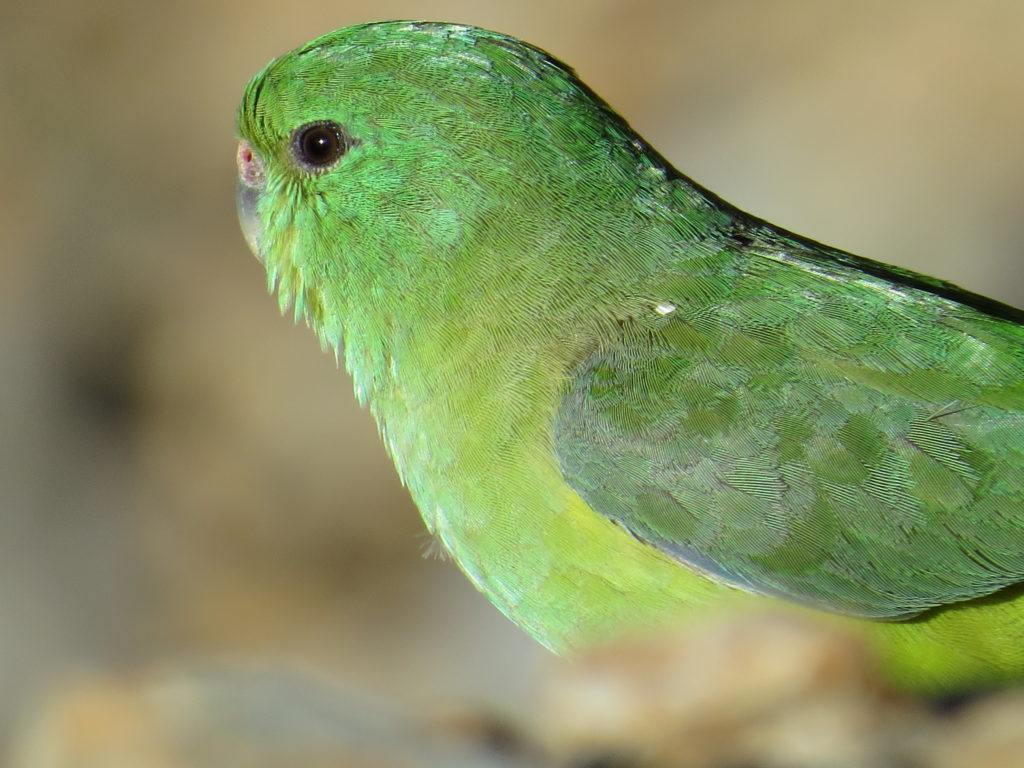
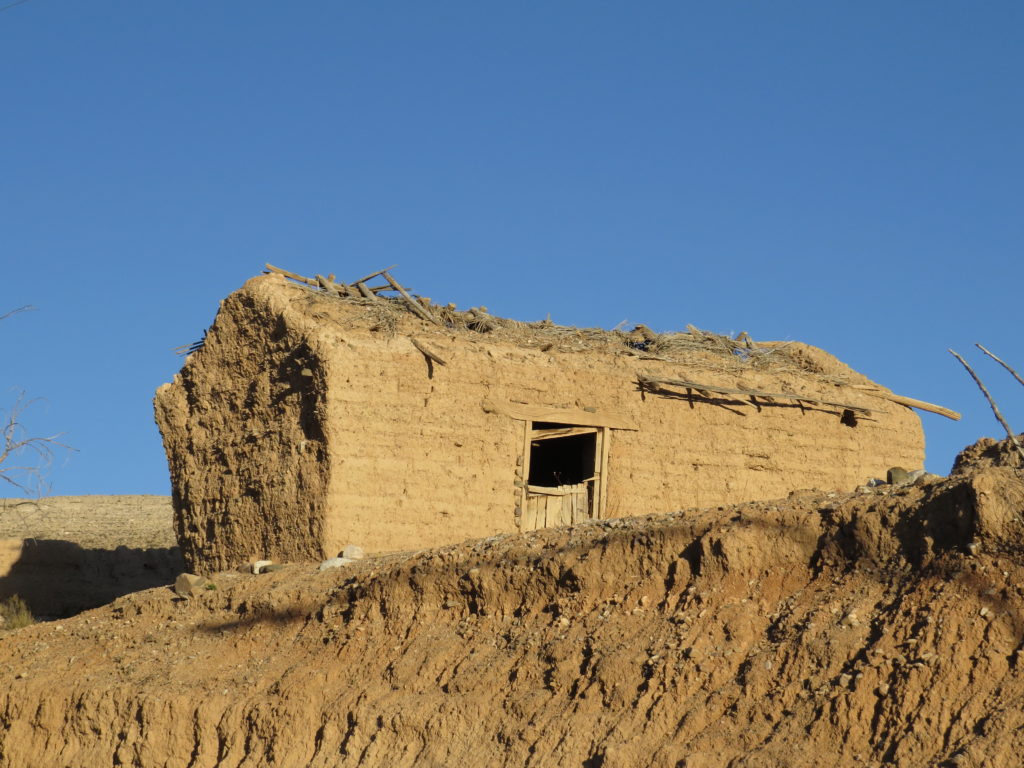


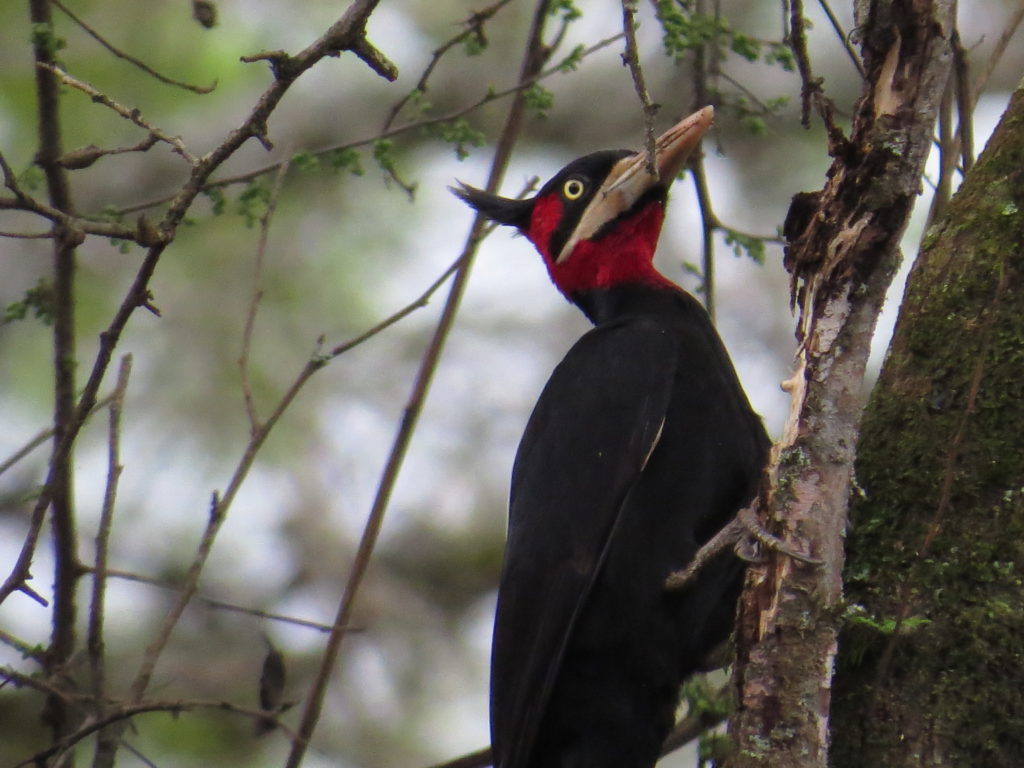
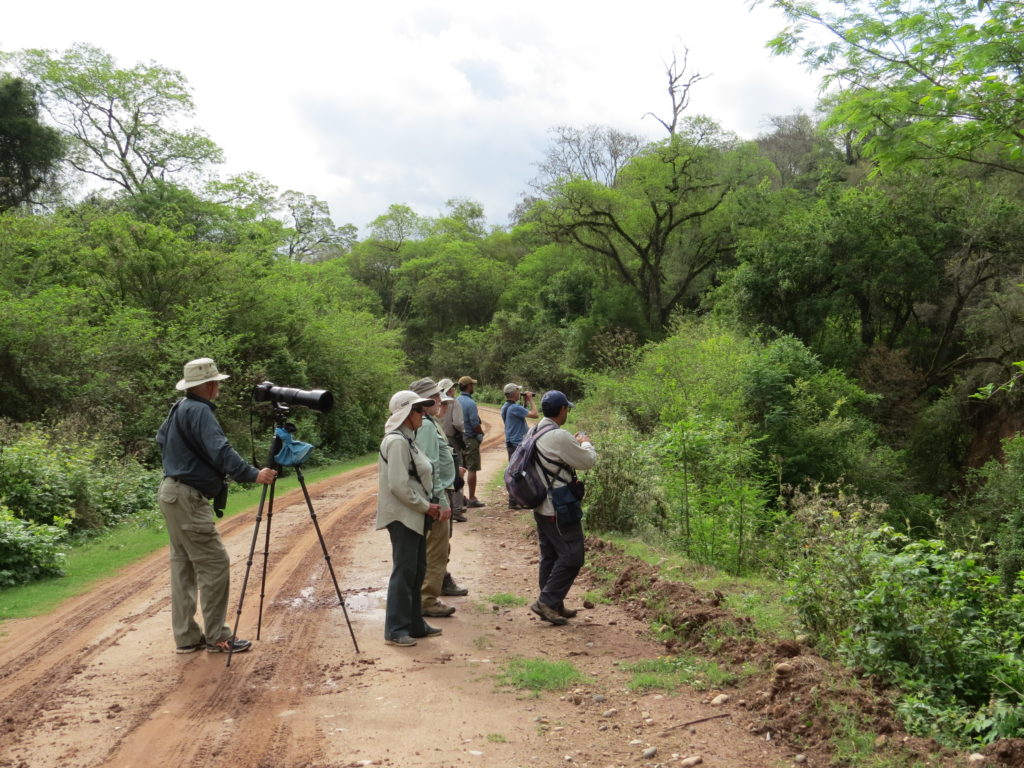
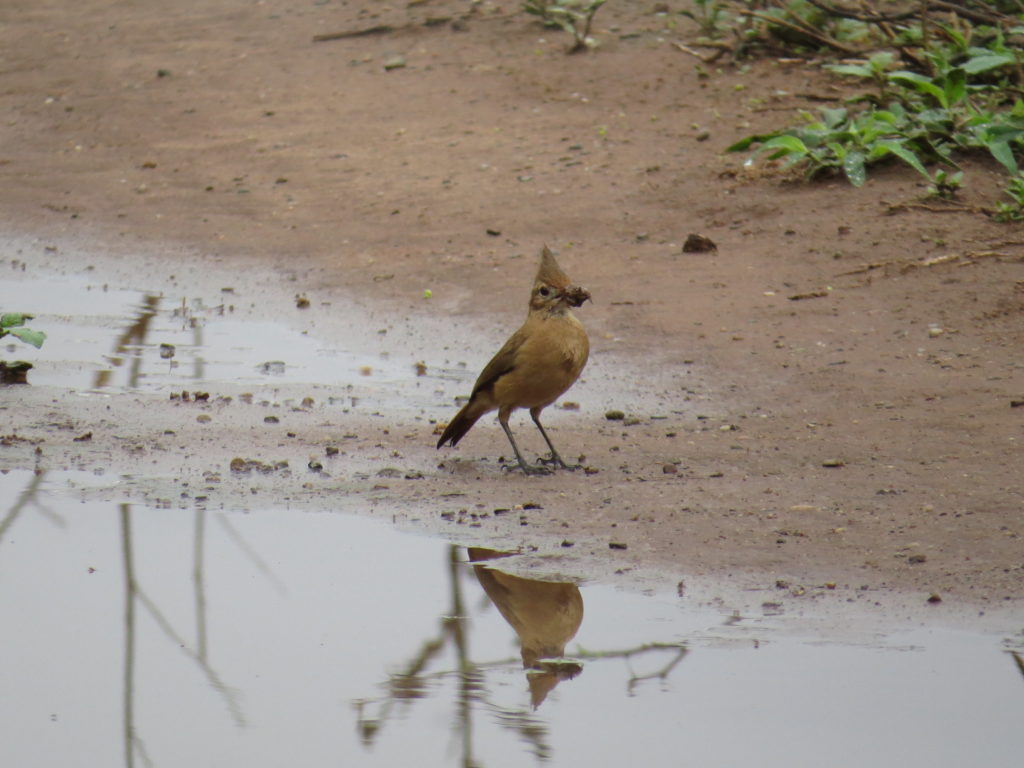
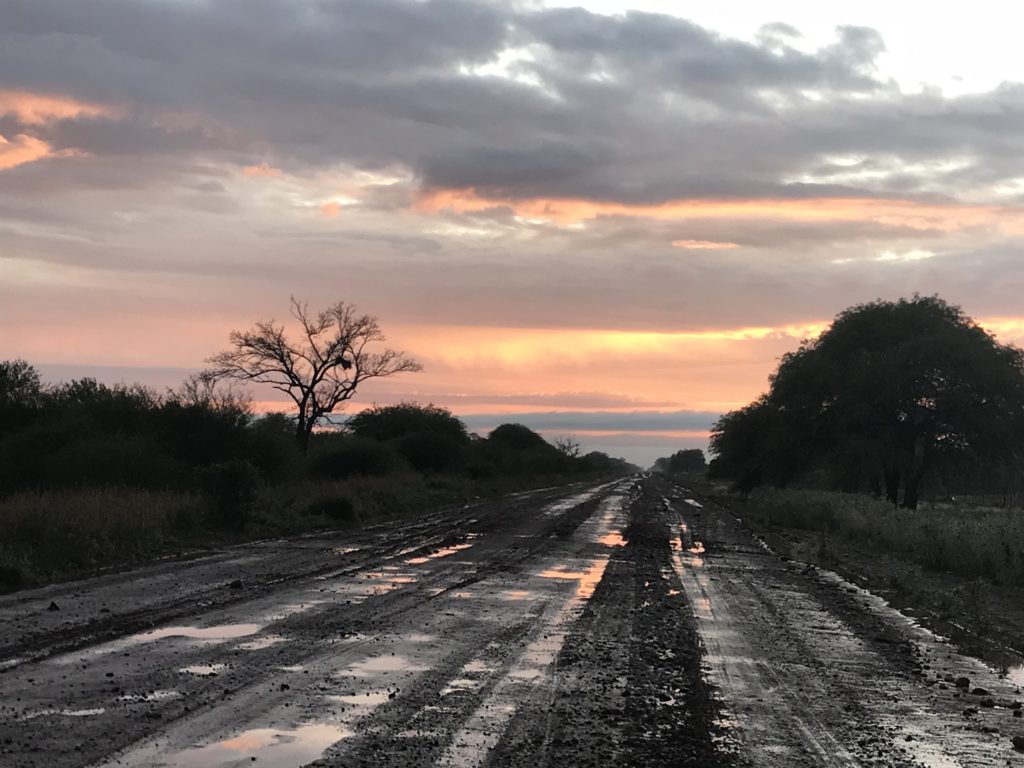
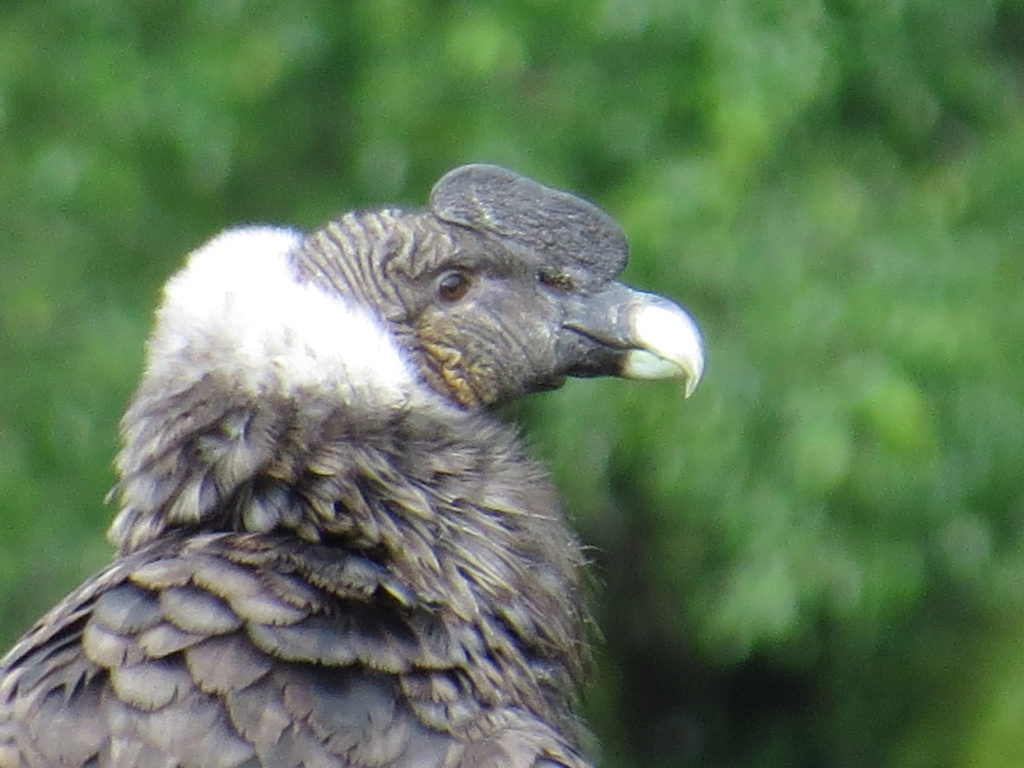
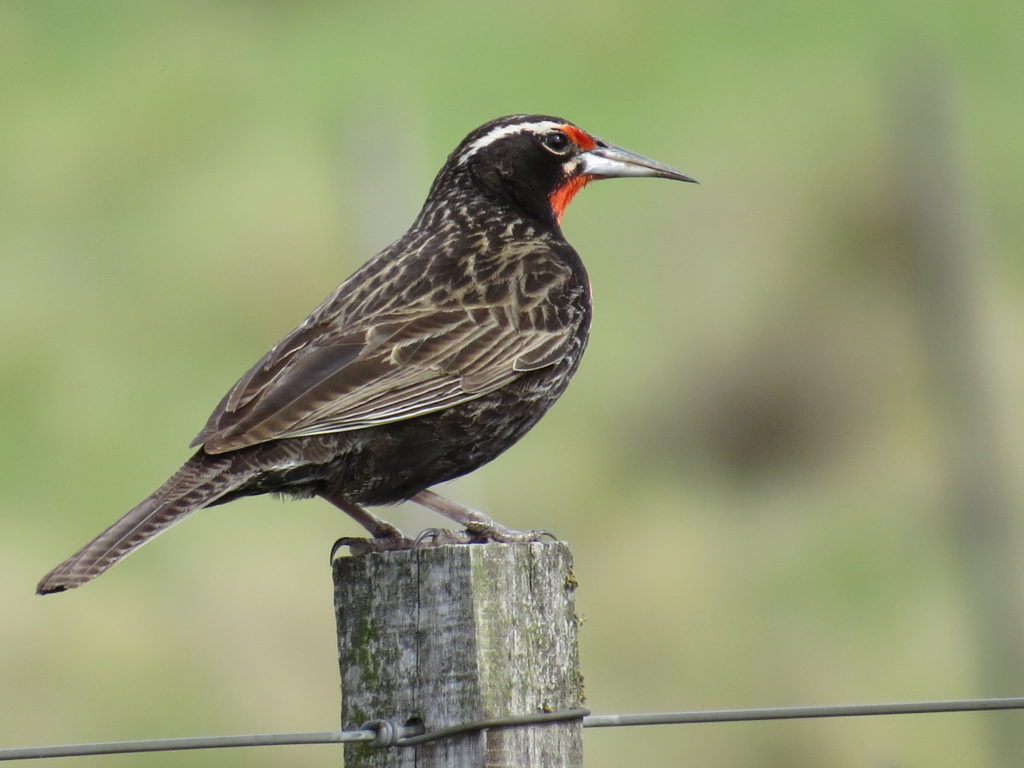

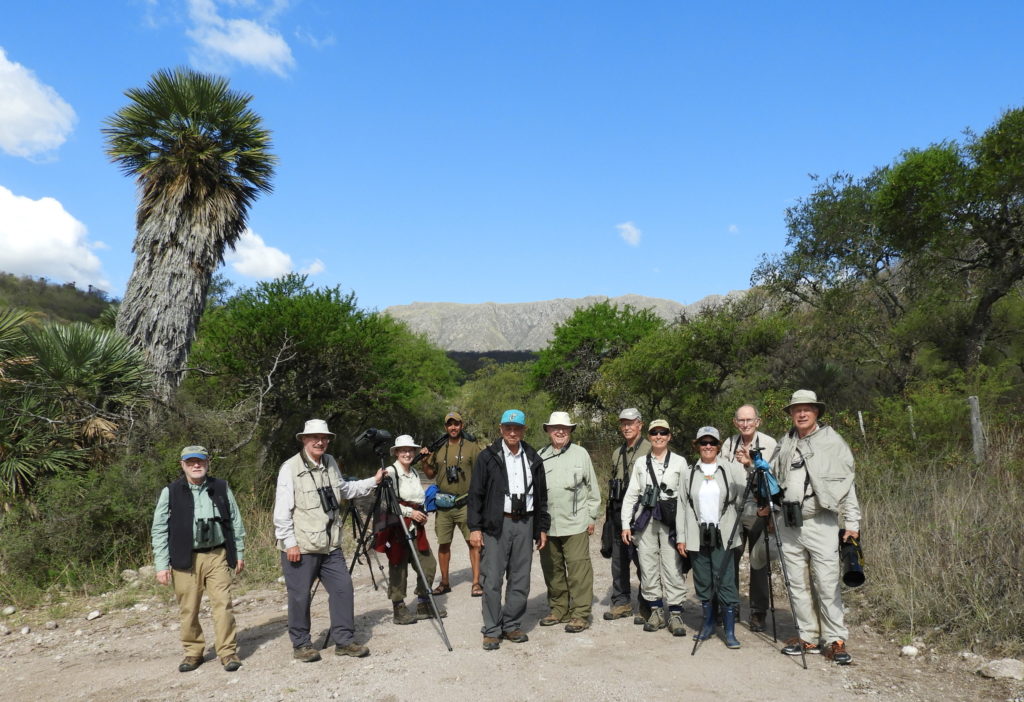
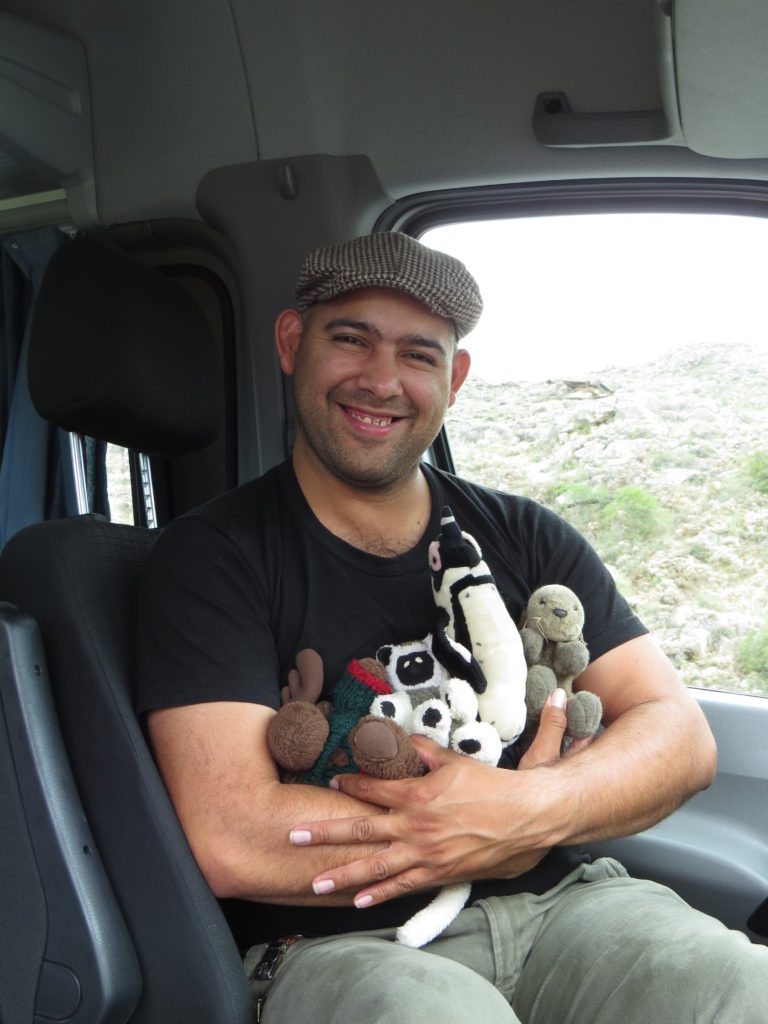





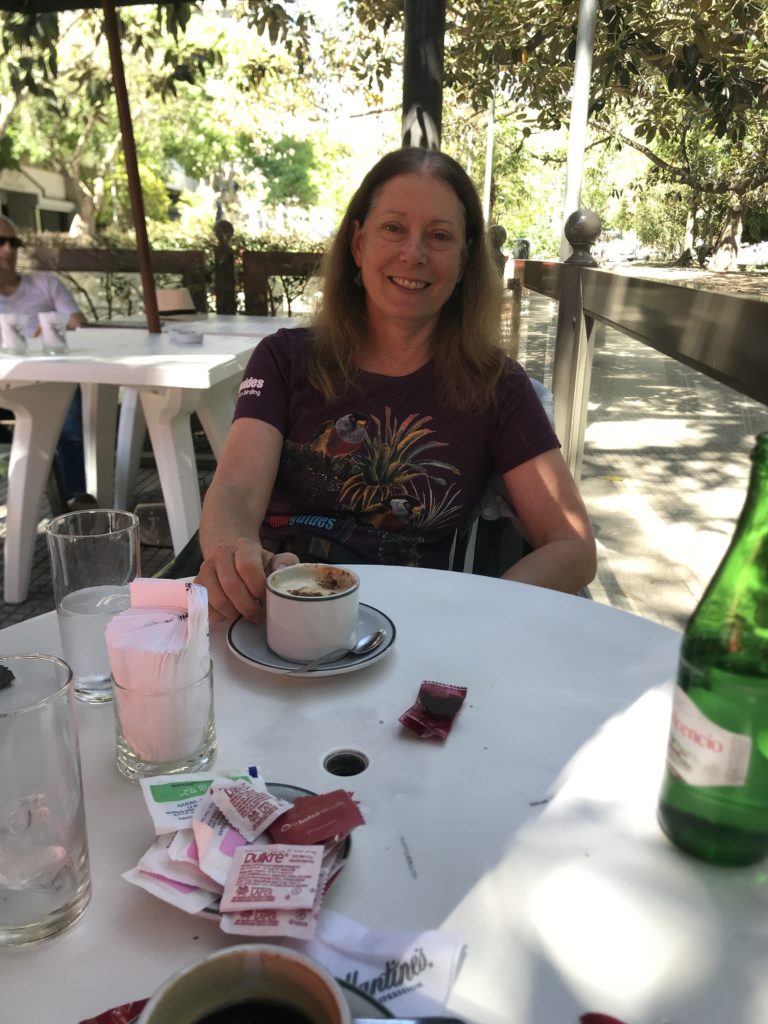




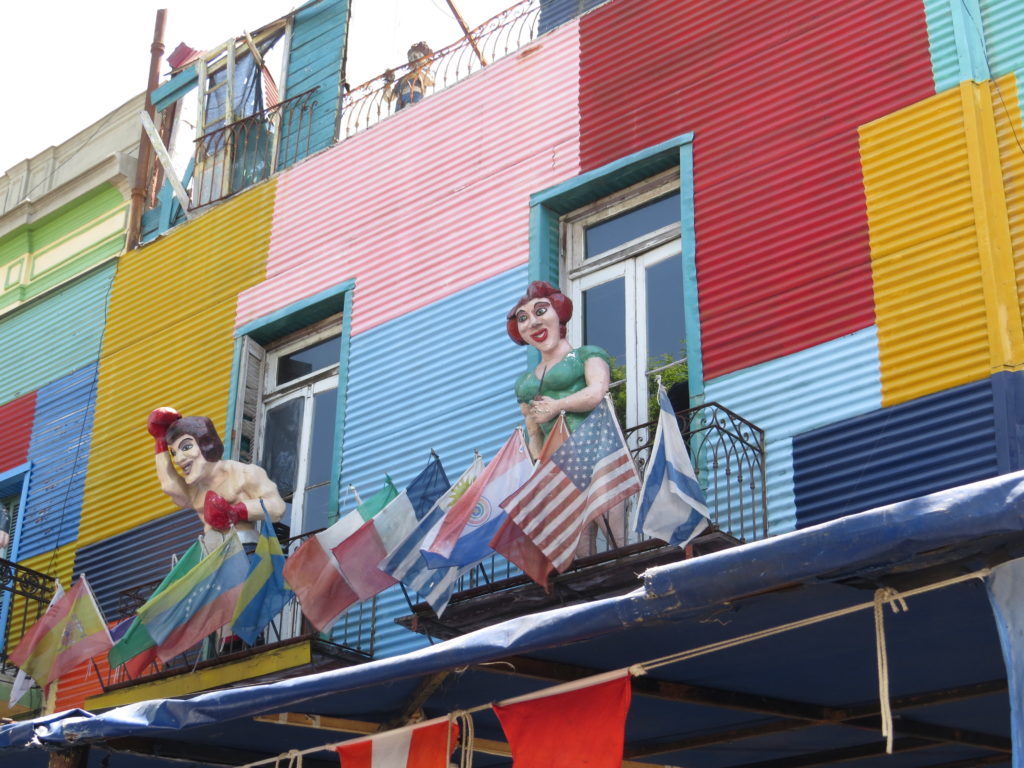
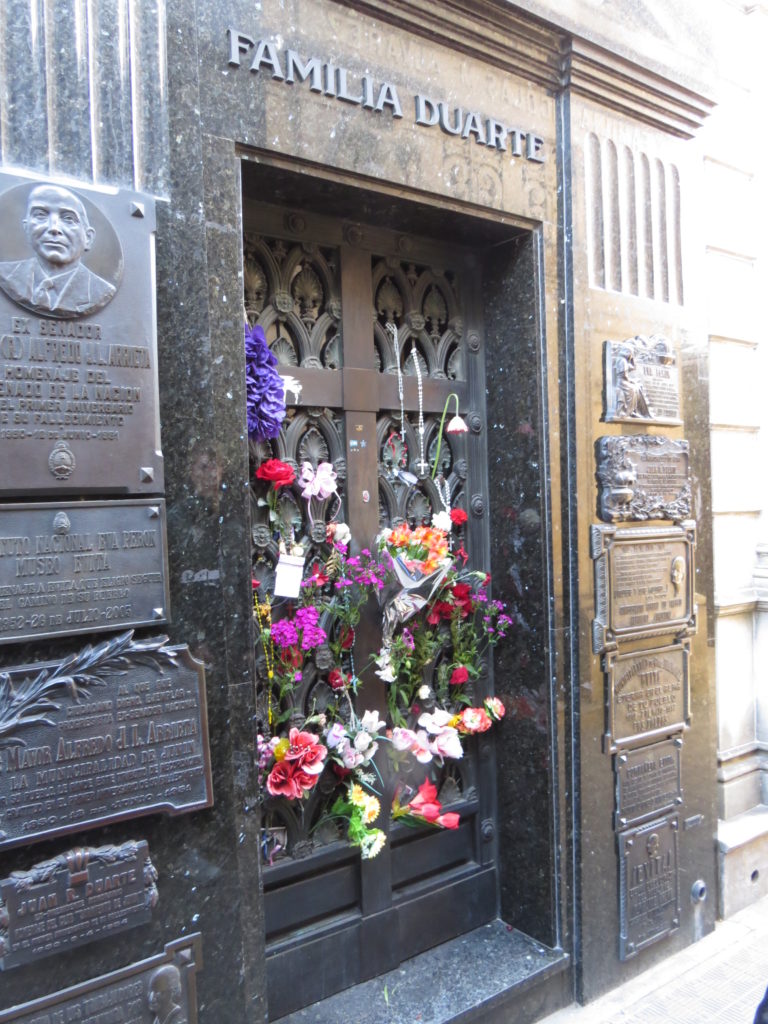

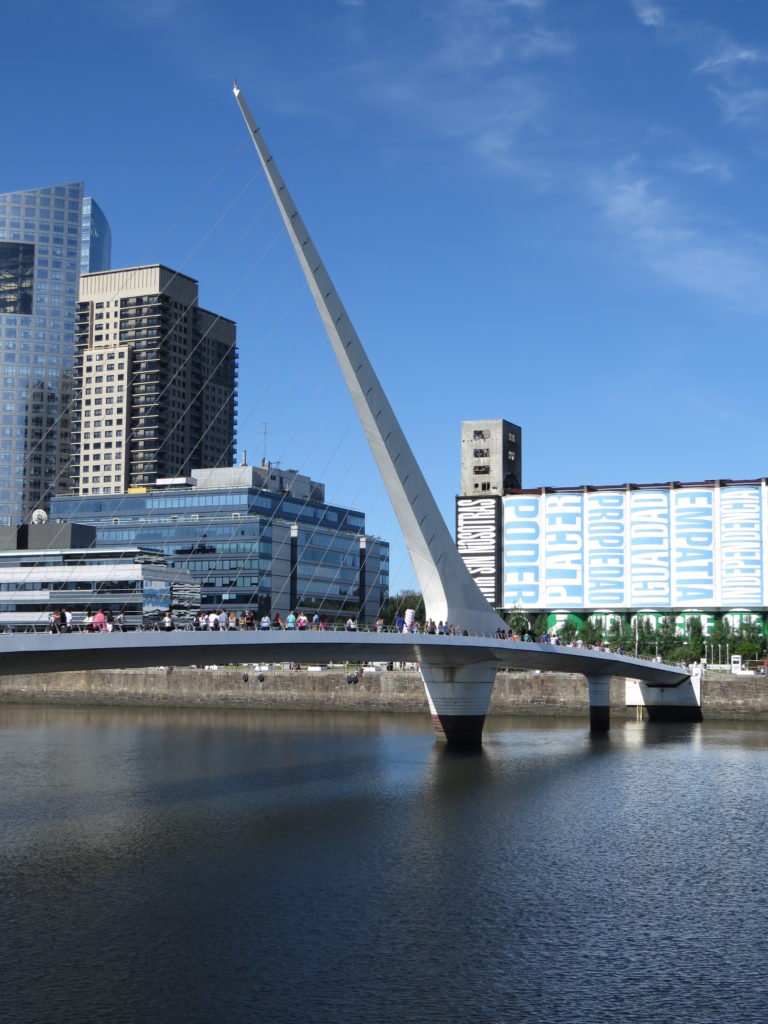
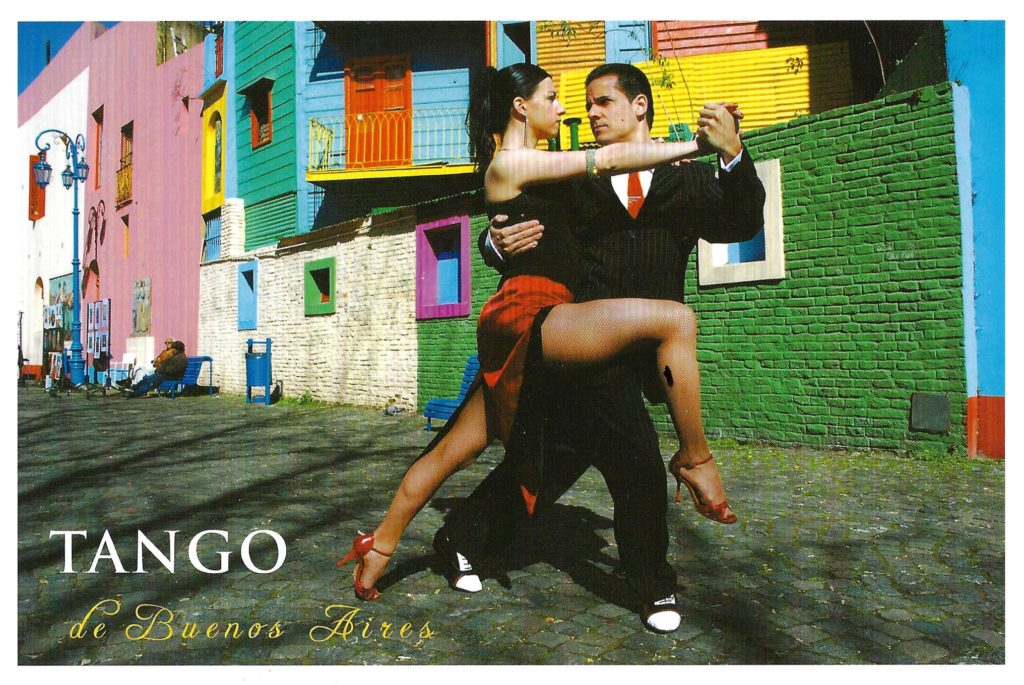
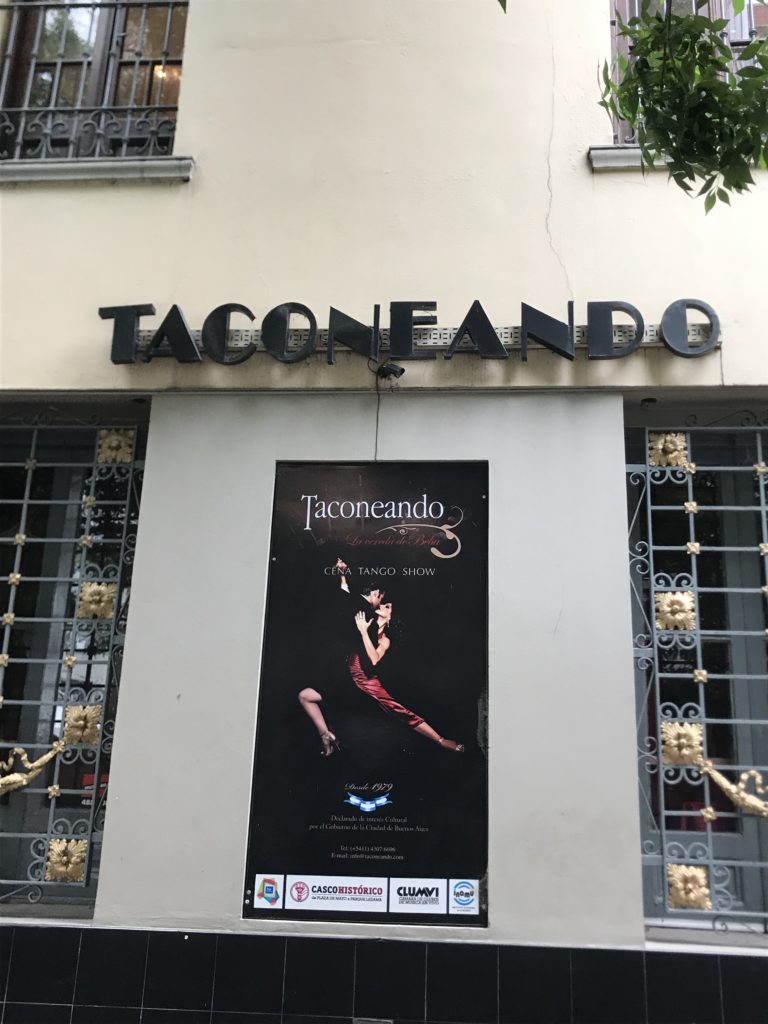
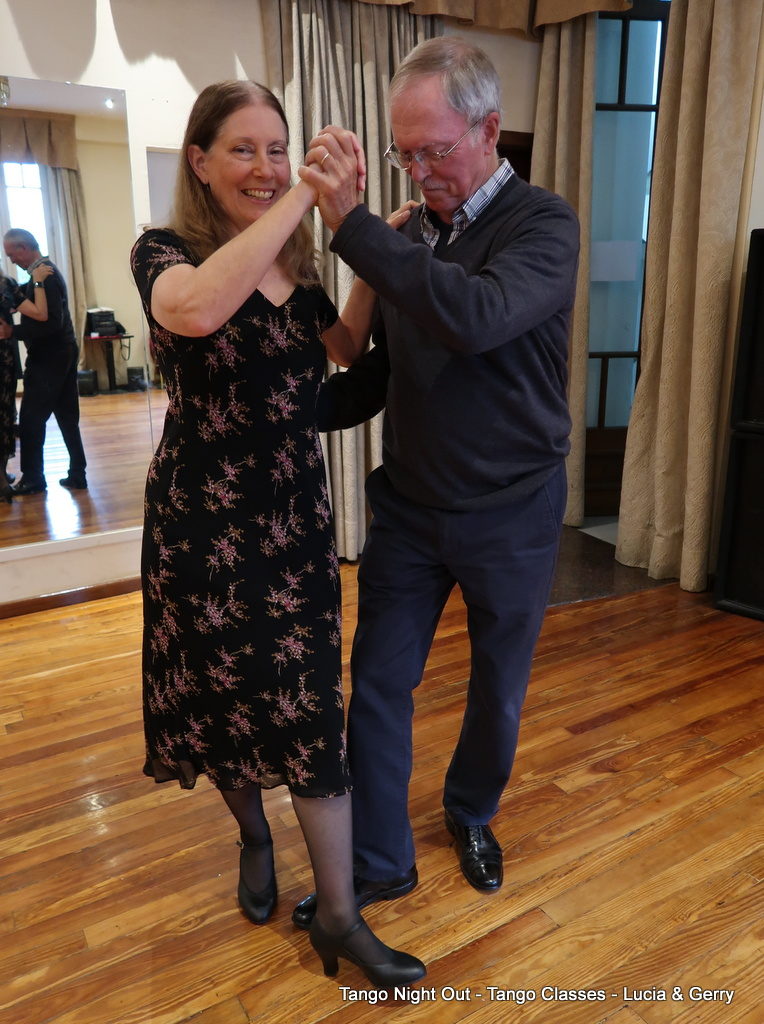
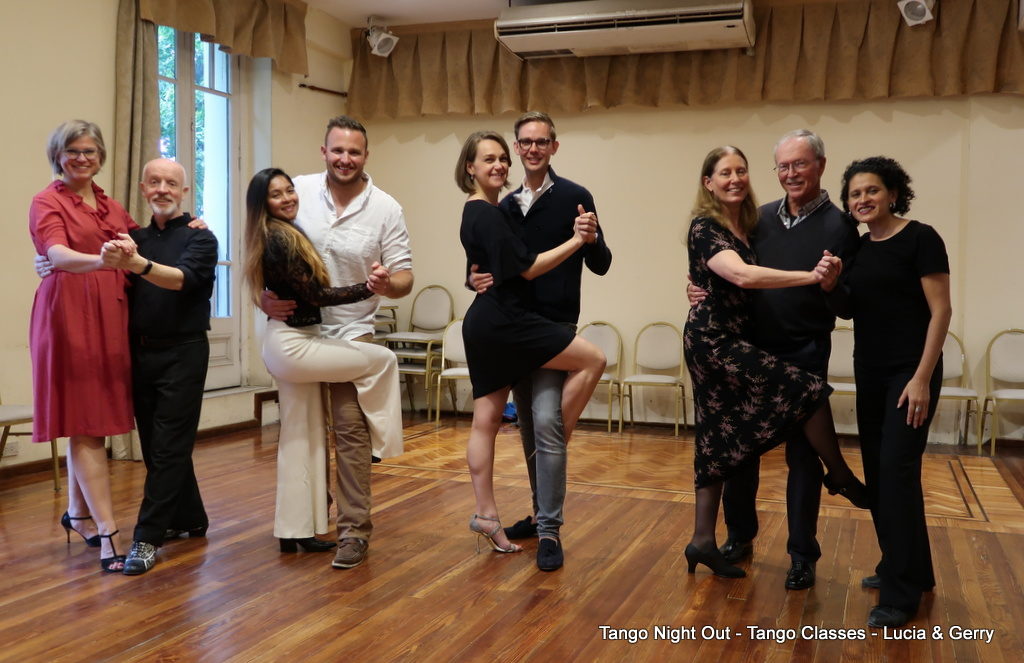

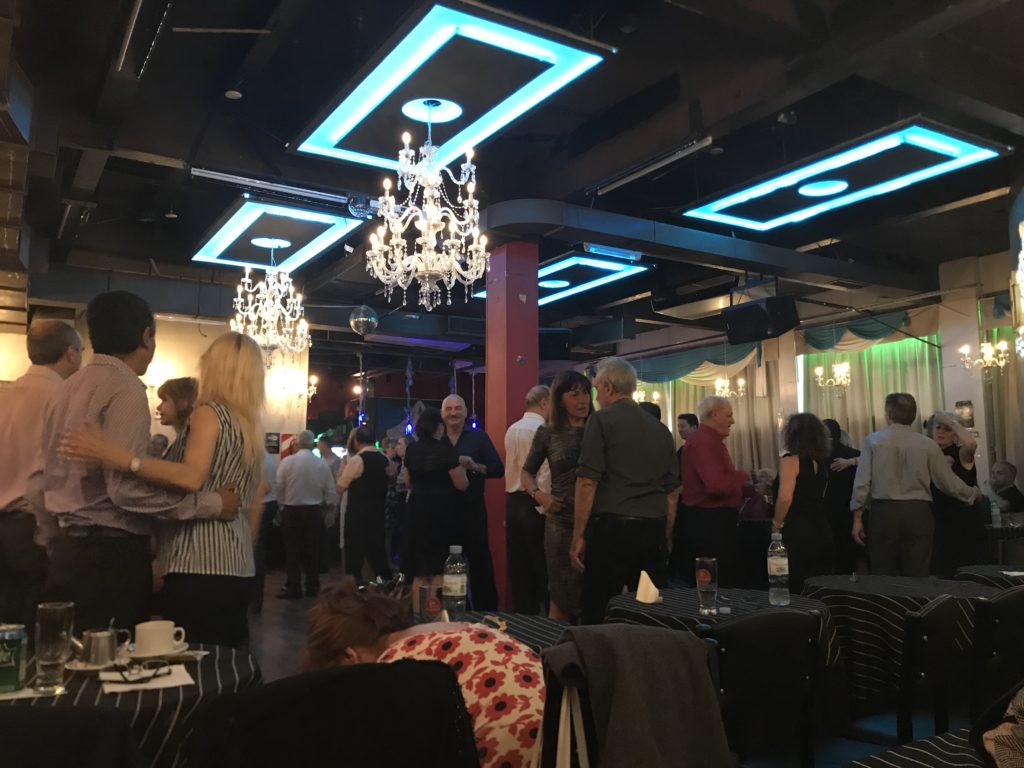
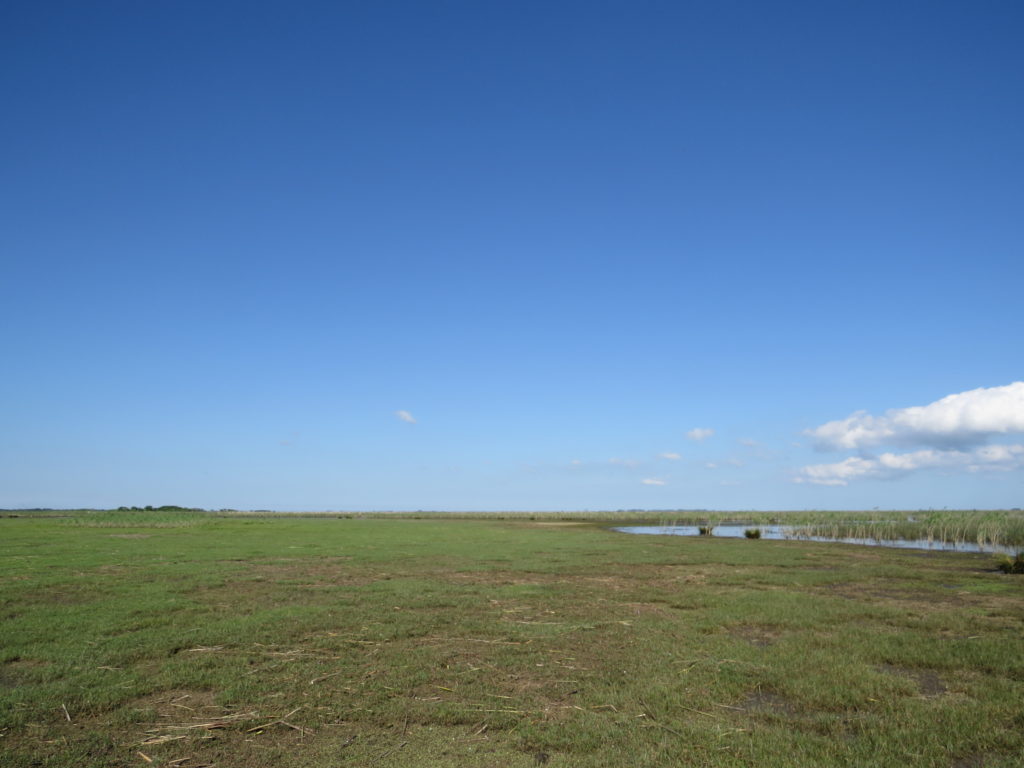
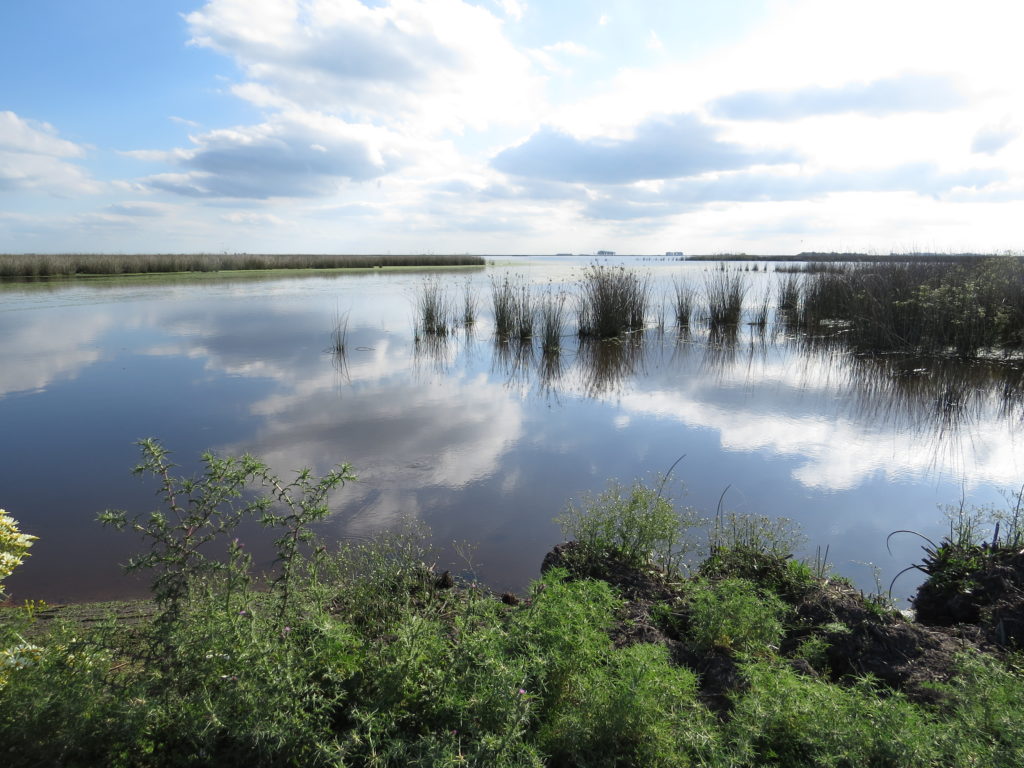

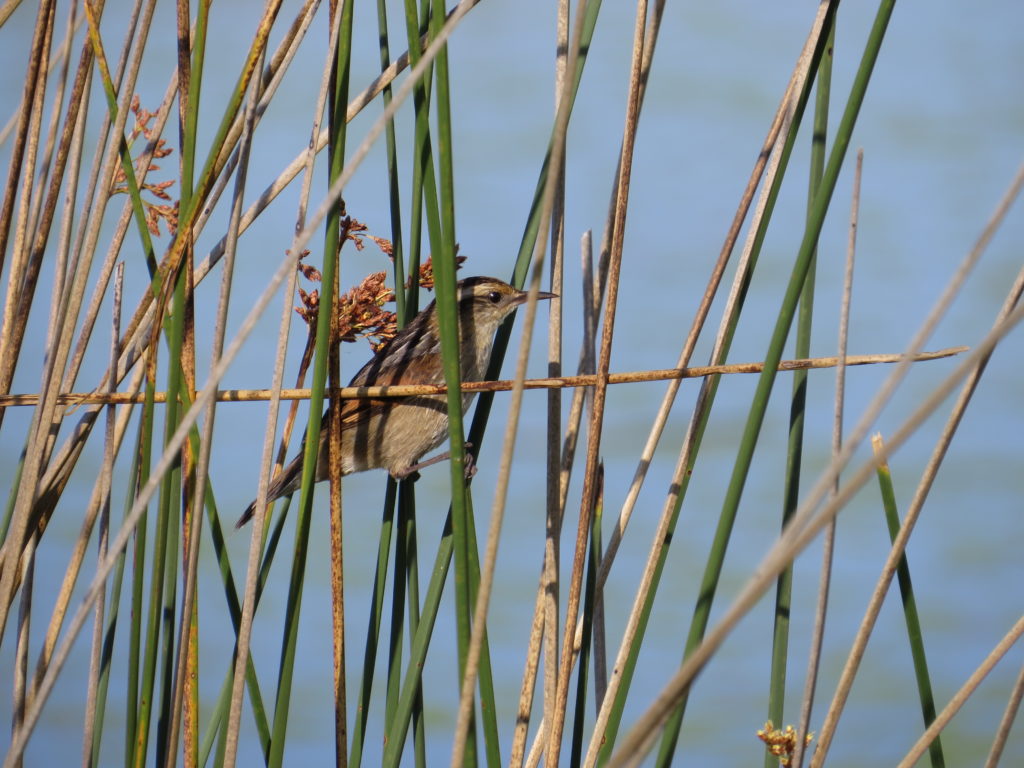
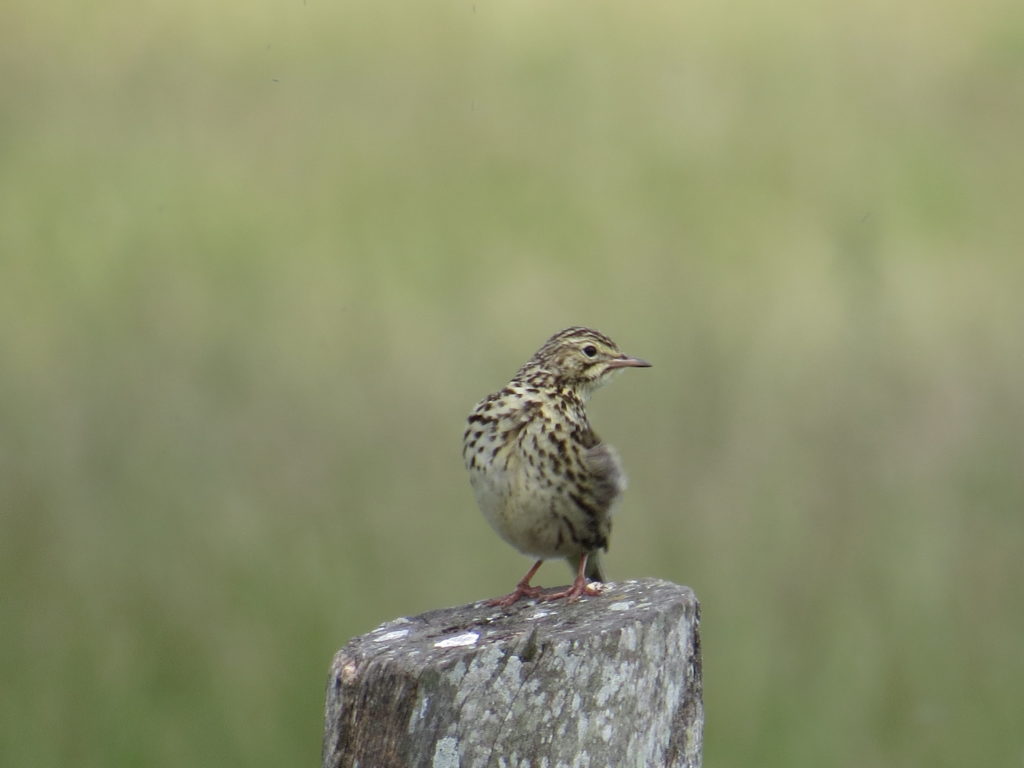
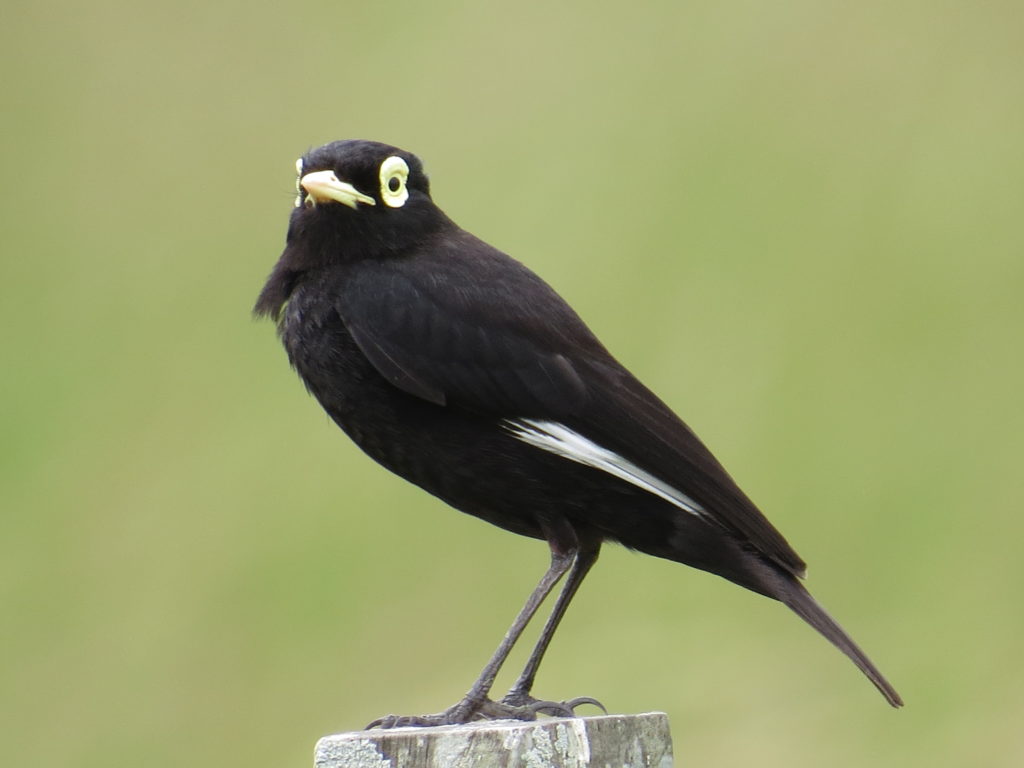
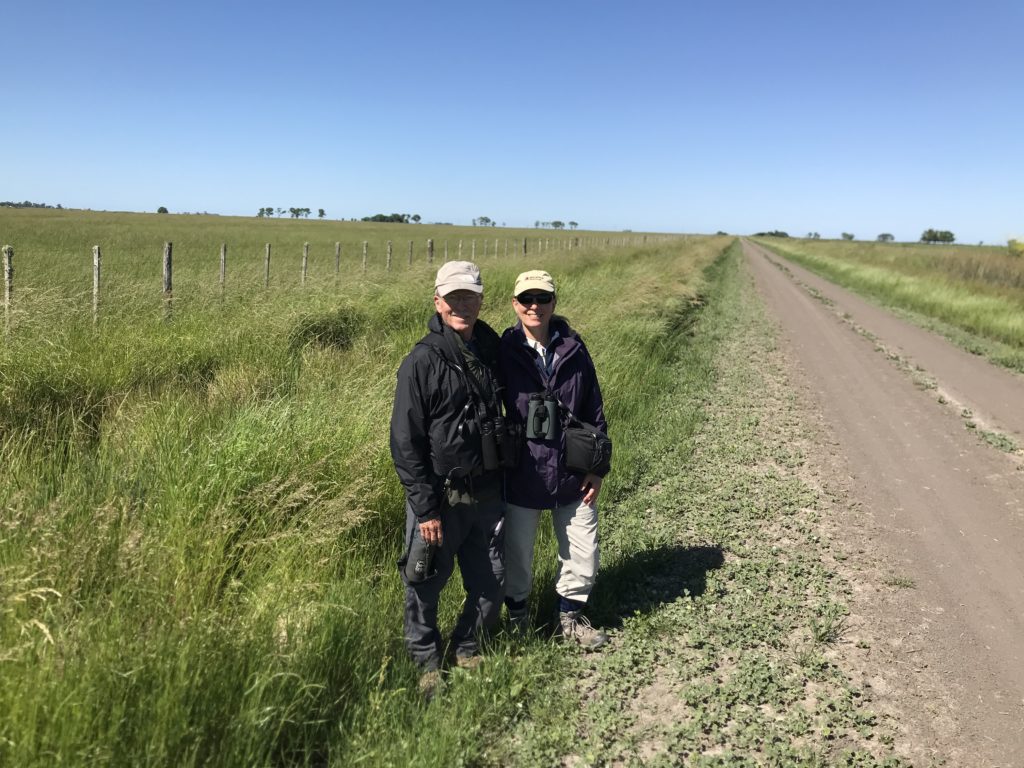

3 Comments